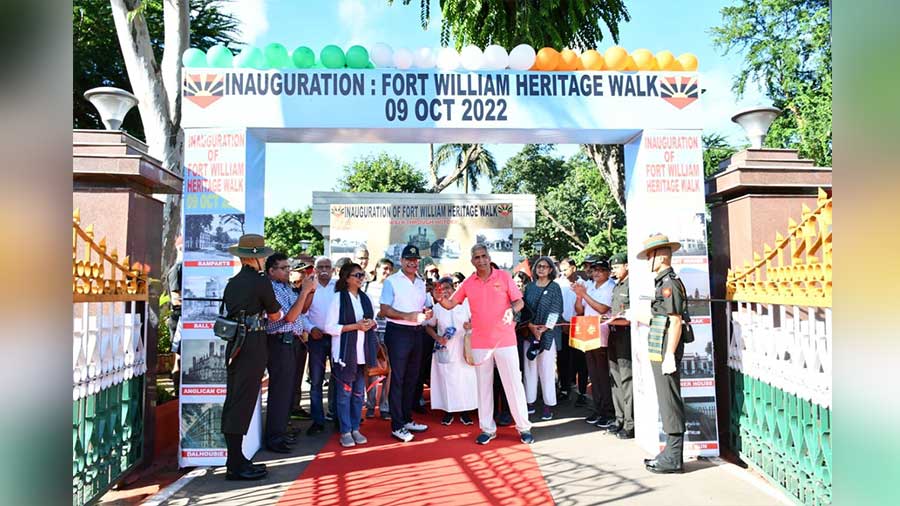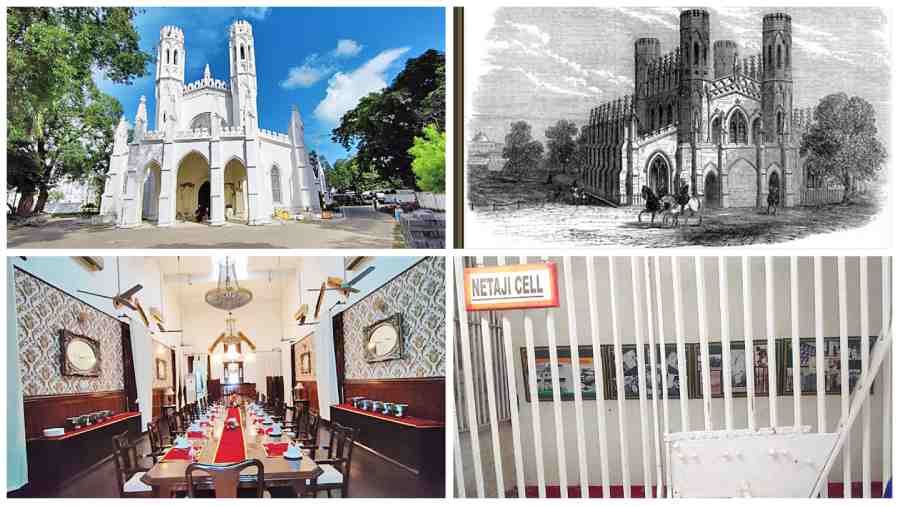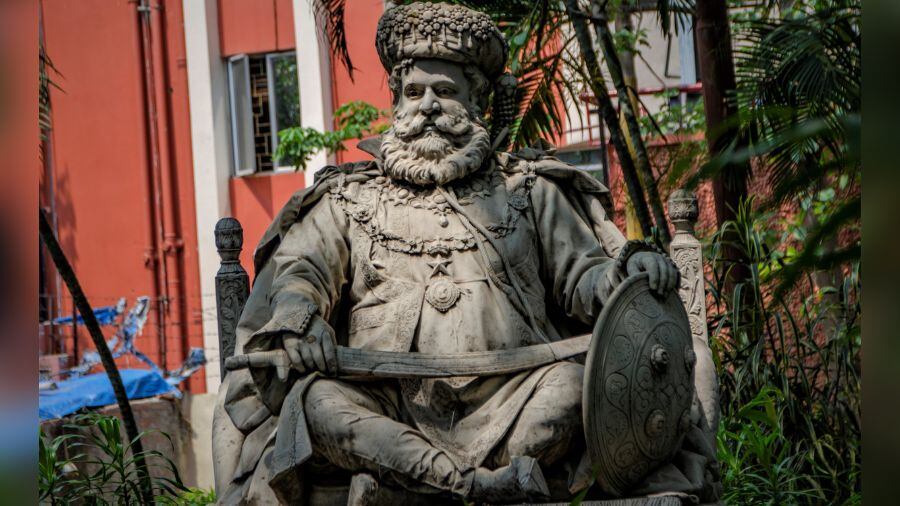Fort William is all set to open its gates to visitors for a heritage walk every Sunday after a COVID break.
“All spots cannot be covered because of security reasons, but the heritage walk has been specially curated to give participants a fair knowledge,” said an officer of the Eastern Command.
Here are a few points to note for those who want to join the walk.
How to register
Send a mail to fortwilliamheritagewalk@gmail.com with personal details such as name of the visitor, contact number(s) and the desired date of visit with a copy of one’s identity proof. “The walk will be organised every Sunday and it is advisable to book one’s slot a week before the day one desires to participate. However, each session should have 15 to 20 participants. Provided we have the numbers, the walk can start this Sunday,” said the official.
Cost and payment modes
Each ticket will cost Rs 300. One can pay in cash or online on arrival. Participants must assemble in front of the East gate. “Slippers or chappals aren’t allowed inside Fort William premises; participants must wear full-length trousers,” said the officer.
Participants must display their identity proof and photography is not allowed inside Fort William. However, photography at some spots is allowed and the guide will apprise the participants likewise.
My Kolkata lists a few stops inside Fort William, which was built on the eastern bank of the Hooghly in 1781.
Vijay Smarak

Vijay Smarak File photograph
Situated on the right side of the East Gate of Fort William, this monument is visible even from the Red Road. Built in 1996, the three tall granite columns (to mark the three services) uphold the insignia of the Eastern Command. The wall behind the magnificent structure has names of all officers and other ranks from the Command martyred in the 1962, 1967 Sino-Indian conflicts and the 1971 Indo-Pak war and counter insurgency/counter terrorism operations.
Dalhousie Barracks
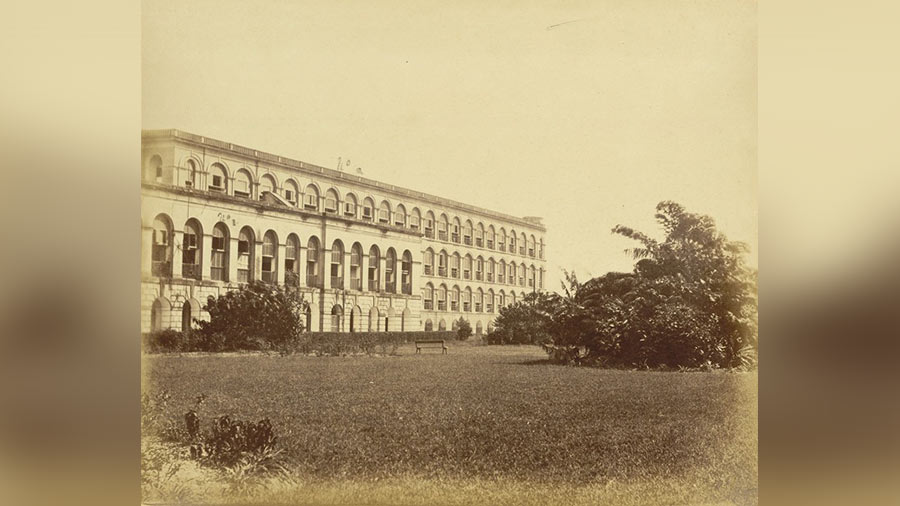
Dalhousie Barracks Wikimedia Commons
This beautiful white building was built in 1856 and is one of the most important landmarks not just because it was the first biggest structure of Fort William but also because Netaji Subhash Chandra Bose was lodged there as a prisoner for three days. In protest, the founder of Azad Hind Fauj had initiated a hunger strike and Netaji was later shifted to his Elgin Road residence from where he escaped.
Museum
The command museum is one of the prime attractions of the walk. The museum houses artefacts related to the history of Kolkata and the British wars.
St. Peter’s Church
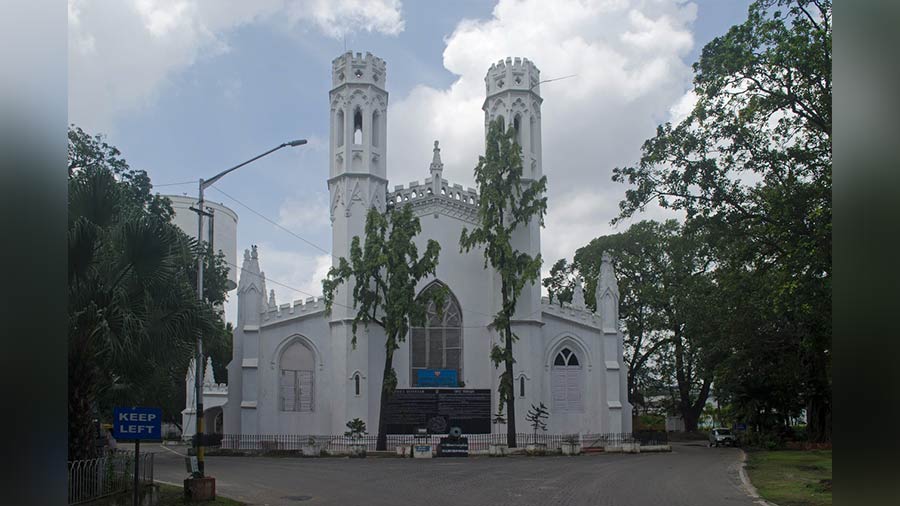
St. Peter’s Church Wikimedia Commons
Made in resemblance to the famous Chapel of the Trinity Hall of Cambridge University, this served as a chaplaincy centre to the British citizens of Kolkata. The white Gothic-style Greek architecture is situated at the centre of Fort William’s octagonal campus; the founding stone was laid in 1822. The chapel has been transformed into a library named the Command Library with a collection of 35,000 books and 64 rare books.
Kitchener’s House
Built in 1771, this four-storied Gothic and Georgian style building was named after HH Kitchener, the first earl of Khartoum who later became the commander-in-chief of Fort William. Governor General Lord Wellesley spent 14 years in this building near the treasury gate. At present, this gorgeous building is used as the officers’ mess.
